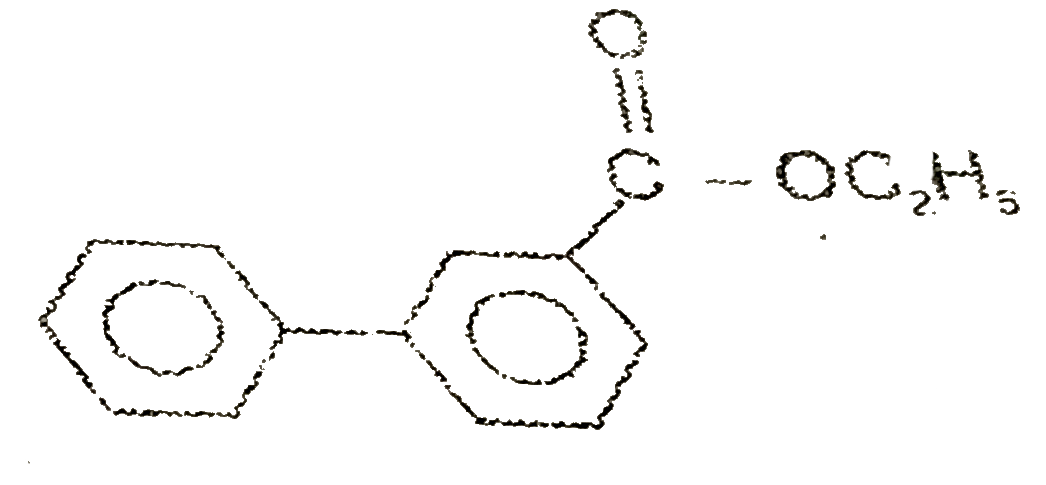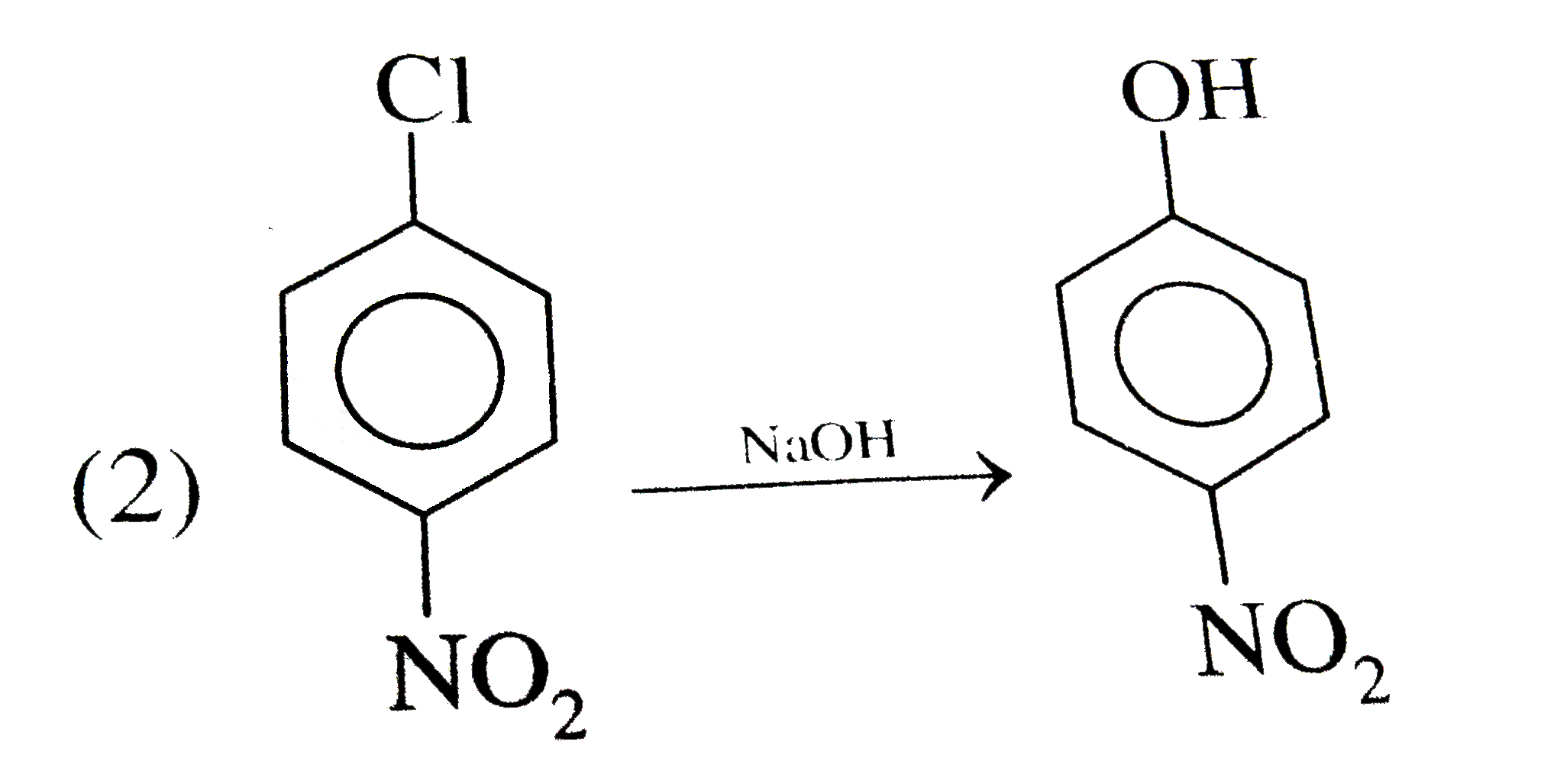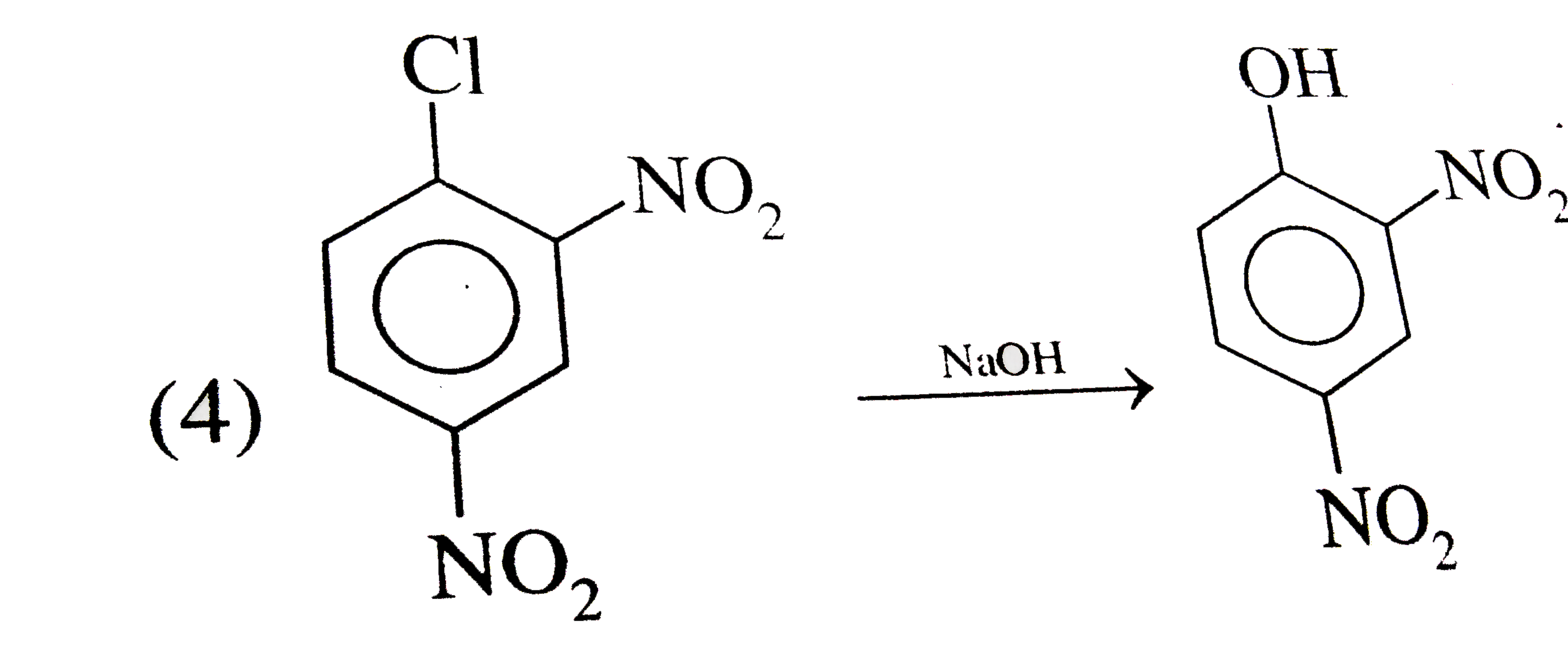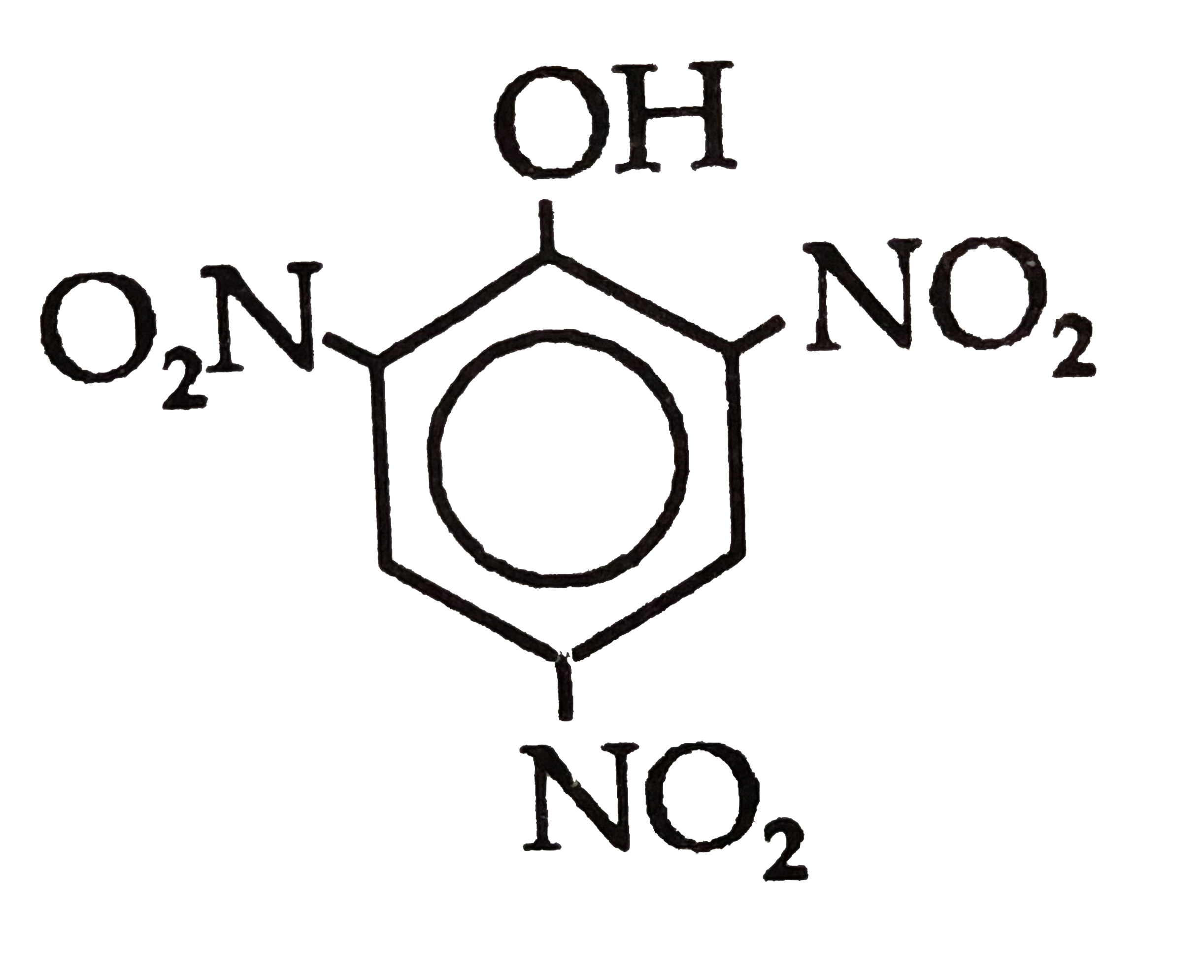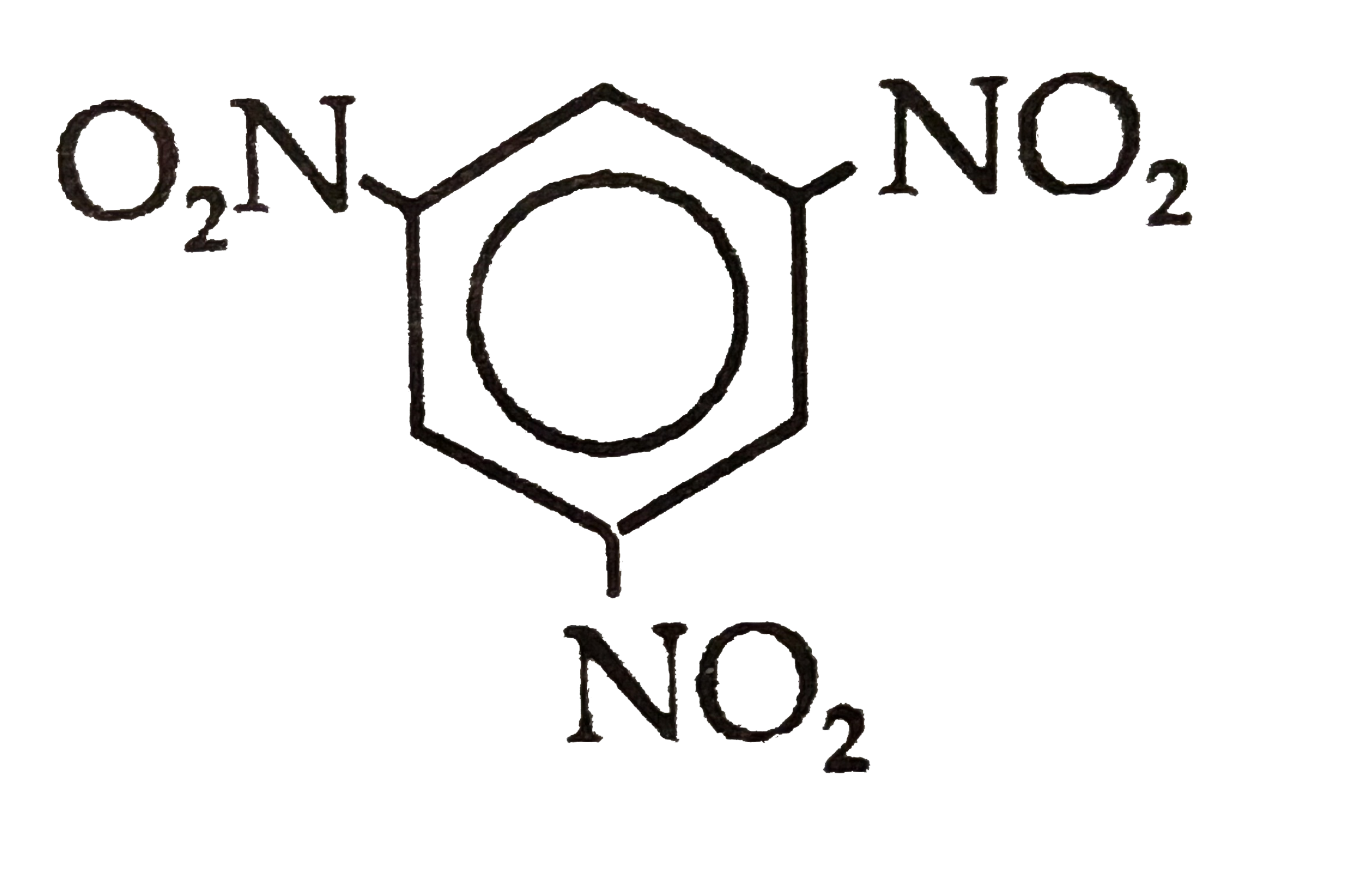Explore topic-wise InterviewSolutions in .
This section includes InterviewSolutions, each offering curated multiple-choice questions to sharpen your knowledge and support exam preparation. Choose a topic below to get started.
| 18551. |
Which of the following statement is wrong with respect to metallic or electronic conductivity ? |
|
Answer» metallic conductivity is depend on STRUCTION and its characteristic. |
|
| 18552. |
Which of the following is a free radical Halogenation reactiobn ? |
|
Answer» Benzene converted to Bromobenzene |
|
| 18553. |
What are the uses oflead accumulator ? |
| Answer» Solution :A lead ACCUMULATOR is USED (i) in automobiles for the SUPPLY of electric current (ii) in the laboratories as a D.C. supply (iii) in telephone and TELEGRAPH SYSTEMS. (iv) also in invertors. | |
| 18554. |
Which of the following IUPAC names are incorrect. |
|
Answer»
|
|
| 18555. |
Which are monomers of polymer having structure (NH - CO - NH – CH_(2))_(n) ? |
|
Answer» ACETAMIDE, FORMALDEHYDE |
|
| 18556. |
Total number of.bonds in NH_(3) is ...... |
|
Answer» |
|
| 18557. |
Write the IUPAC name of the compound CH_(3)-C-=C-CHClCH_(3). |
Answer» SOLUTION : . .
|
|
| 18558. |
Which of the follwing is least soluble in water : |
|
Answer» `C_2H_5OH` |
|
| 18559. |
When NaOH solution is gradually added to the solution of weak acid (HA), the pH of the solution is found to be 5.0 at the addition of 10and 6.0 at further addition of 10 ml of same NaOH. (Total volume of NaOH =20ml). Calculate pK_(a) for HA. [log2 = 0.3] |
|
Answer» `5=pK_(a) + "LOG"(10C_(2))/((c_(1)v_(1) – 10c_(2)))` ……(i) `6=pK_(a) + "log"(20C_(2))/((c_(1)v_(1) – 20c_(2)))` ……(ii) `c_(1)v_(1)=22.5c_(2)` `5=pK_(a) + "log"(10c_(2))/(22.5c_(2) – 10c_(2)) = pK_(a) + log0.8 IMPLIES pK_(a)=5+0.096=5.1` |
|
| 18560. |
Which of the following is/are not correct? |
|
Answer» Loss of `beta-`PARTICLE produces an isotope. |
|
| 18561. |
Which ofthefollowingbenefactionprocesses isused frothe mineral,Al_ 2 O_ 3.2 H_ 2 O? |
|
Answer» FROTHFLOATATION |
|
| 18562. |
What are Bravais Lattices ? |
| Answer» Solution :In all, FOURTEEN DIFFERENT types of LATTICES are possible, which are CALLED Bravais lattices | |
| 18563. |
Which consists of only one element ? |
|
Answer» Marble |
|
| 18565. |
Which of the following represents soap |
|
Answer» `C_(17)H_(35)COOK` |
|
| 18566. |
The strongest base and nucleophile among the following is: |
|
Answer» `NH_4^+` |
|
| 18567. |
Which of the following reagents would be best for converting phenylacetamide (C_(6)H_(5)CH_(2)CH_(2)NH_(2))? |
|
Answer» `H_(2)` & Pt catalyst |
|
| 18568. |
What is the value of Van't Hoff's factor (i) for K_2SO_4 ? |
| Answer» Solution :i=3(Two `K^+` and ONE `SO_4^(-2)` ) GREATER than one `(IGT 1)` | |
| 18569. |
Write the formula of the following coordination compound Tris(ethane-1,2-diamine)chromium(III)chloride |
| Answer» SOLUTION :`[CR(EN)_3)]Cl_3` or `[Cr(H_2N CH_2 CH_2NH_2)_3]Cl_3` | |
| 18570. |
Which one of the following is correctly matched ? |
|
Answer» Aerosol-hair CREAM |
|
| 18571. |
Which of the following is a carbohydrate |
|
Answer» Leucine |
|
| 18572. |
Why are solid rigid? |
| Answer» SOLUTION :In solids the constituent particles (ATOMS, ions or molecules) are closely packed and not FREE to move. So solids are RIGID. | |
| 18573. |
What is the potential of the cell containing two hydrogen electrodes as represented below?PT,1/2H_2(g)|H^+(10^-8M)||H^+(0.001M)|1/2H_2(g)Pt: |
|
Answer» `-0.295V` |
|
| 18574. |
Which of the following compounds are soluble in water ? |
|
Answer» `CaC_(2)O_(4)` |
|
| 18575. |
Which reagent will convert propionic acid to propanol-1: |
|
Answer» `KMnO_4` |
|
| 18576. |
What is a group reagent ? |
| Answer» Solution :The reagent which is employed in idntifying a gourp of RADICALS is known as GROUP reagent. | |
| 18577. |
which is paramagnetic and has bond order 0.5 ? |
|
Answer» `H_2^+` |
|
| 18578. |
What happens when calcium acetate is dry distilled? |
Answer» Solution :When CALCIUM ACETATE is DRY distilled, acetone is FORMED. 
|
|
| 18579. |
Which of the following numbers has three significant figures ? |
|
Answer» 0.009 |
|
| 18580. |
Which of following has similar glycosidic bond |
|
Answer» MALTOSE and lactose |
|
| 18581. |
Which of the followinghaslowest B.P |
|
Answer» `CH_(3) - CH_(2)-CH_(2) - NH_(2)` |
|
| 18582. |
The solubility of inert gases in water is due to |
|
Answer» Keesom ATTRACTION |
|
| 18584. |
When an orange coloured crystalline compound (A) was heated with common salt and concentrated sulphuric acid an orange-yellow coloured gas (B) was evolved. The gas (B) when passed through caustic soda solution gave a yellow solution (C) which in turn gave the following reactions. (i) Addition of silver nitrate solution to (C) gave first a white precipitate which then turns red. Quantitatively, 0.155 g of the gas (B) required 2.0 m moles of AgNO_(3) to produce the first trace of red colour. (ii) Acidification of the solution (C) with dil. H_(2)SO_(4) gave an orange solution which contained chromium in +6 oxidation state. The solution liberated iodine from aqueous potassium iodide, leaving a green solution containing chromium in +3. oxidation state. Quantitatively, 0.155 g of the gas (B) liberated 1.5 m moles of iodine. Deduce the formula of A, B and C and explain the reactions. |
|
Answer» Solution :Let us summarize the given reactions. The above set of reactions INDICATES that compound A is `K_(2)Cr_(2)O_(7)`, B is chromyl chloride gas and C is sodium chromate which explains all the given reactions as below. `underset(A("Orange crystals"))(K_(2)Cr_(2)O_(7))+4NaCl+6H_(2)SO_(4)to4NaHSO_(4)+2KHSO_(4)+underset("B(Orange)")(2CrO_(2)Cl_(2))uarr+3H_(2)O` `CrO_(2)Cl_(2)+4NaOHtounderset(C(Yellow))(Na_(2)CrO_(4))+2NaCl+2H_(2)O` `Na_(2)CrO_(4)+2AgNO_(3)tounderset(Red)(Ag_(2)CrO_(4))darr+2NaNO_(3)` `2Na_(2)CrO_(4)+H_(2)SO_(4)toNa_(2)Cr_(2)O_(7)+Na_(2)SO_(4)+H_(2)O` `Cr_(2)O_(7)^(2-)+14H^(+)+6l^(-)to2Cr^(3+)+7H_(2)O+3l_(2)` The quantitative data is explained in the following manner. From the above reactions we observe that `underset(155g)(CrO_(2)Cl_(2))=Na_(2)CrO_(4)=underset("2 moles")(2AgNO_(3))` 155g of `CrO_(2)Cl_(2)` require 2 moles of `AgNO_(3)` 0.155g of `CrO_(2)Cl_(2)` will require =`(2)/(155)xx0.1555=0.002 "moles" = 2m "moles"` This coincides with the given data. Similarly,`underset(2xx155)(2CrO_(2)Cl_(2))-=2CrO_(4^(2-))-=Cr_(2)O_(7)^(2-)-=underset("3 moles")(3l_(2)` Thus,`2xx155g` of `CrO_(2)Cl_(2)` liberate 3 moles of `l_(2)` 0.155g `CrO_(2)Cl_(2)` will liberate =`(3xx0.155)/(2xx155)=0.0015 "moles" =1.5m "moles"` This also coincides with the given data. 
|
|
| 18585. |
ZnS containing minute traces of MnS becomes : |
|
Answer» DELIQUESCENT |
|
| 18586. |
The solubility of a gas in liquid at a temperature is directly proportional to its |
|
Answer» DENSITY |
|
| 18587. |
Which of the following reactions of propyne is electrophilic in nature ? |
|
Answer» `H_(2)O` |
|
| 18588. |
Which of the following alcohol is most reactive with HCl in presence of anhydrous Zinc chloride at room temperature ? |
|
Answer» `CH_(3)-CH_(2)-CH_(2)-OH` `underset(3^(@)-"alcohol")((CH_(3))_(3)C-OH) +HCl underset(ZnCl_(2))OVERSET("Anhydrous")to underset(3^(@)-"butyl chloride")((CH_(3))_(3)C-Cl+H_(2)O)` `3^(@)`- alcohols `gt 2^(@)` - alcohols `gt 1^(@)` - alcohols `larr` Rate of `SN^(1)` REACTIONS `larr` 
|
|
| 18589. |
Which of the following statement is incorrect regarding physissorptions? |
|
Answer» More EASILY liquefiable gases are adsorbed readily. |
|
| 18590. |
What is synthetic gas? |
| Answer» Solution :A MIXTURE of carbonmonoxide and HYDROGEN is called SYNTHETIC GAS. | |
| 18591. |
Write resonance structures of aniline. What is the action of benzene diazonium chloride on ethanol? |
Answer» Solution :RESONANCE STRUCTURES of aniline :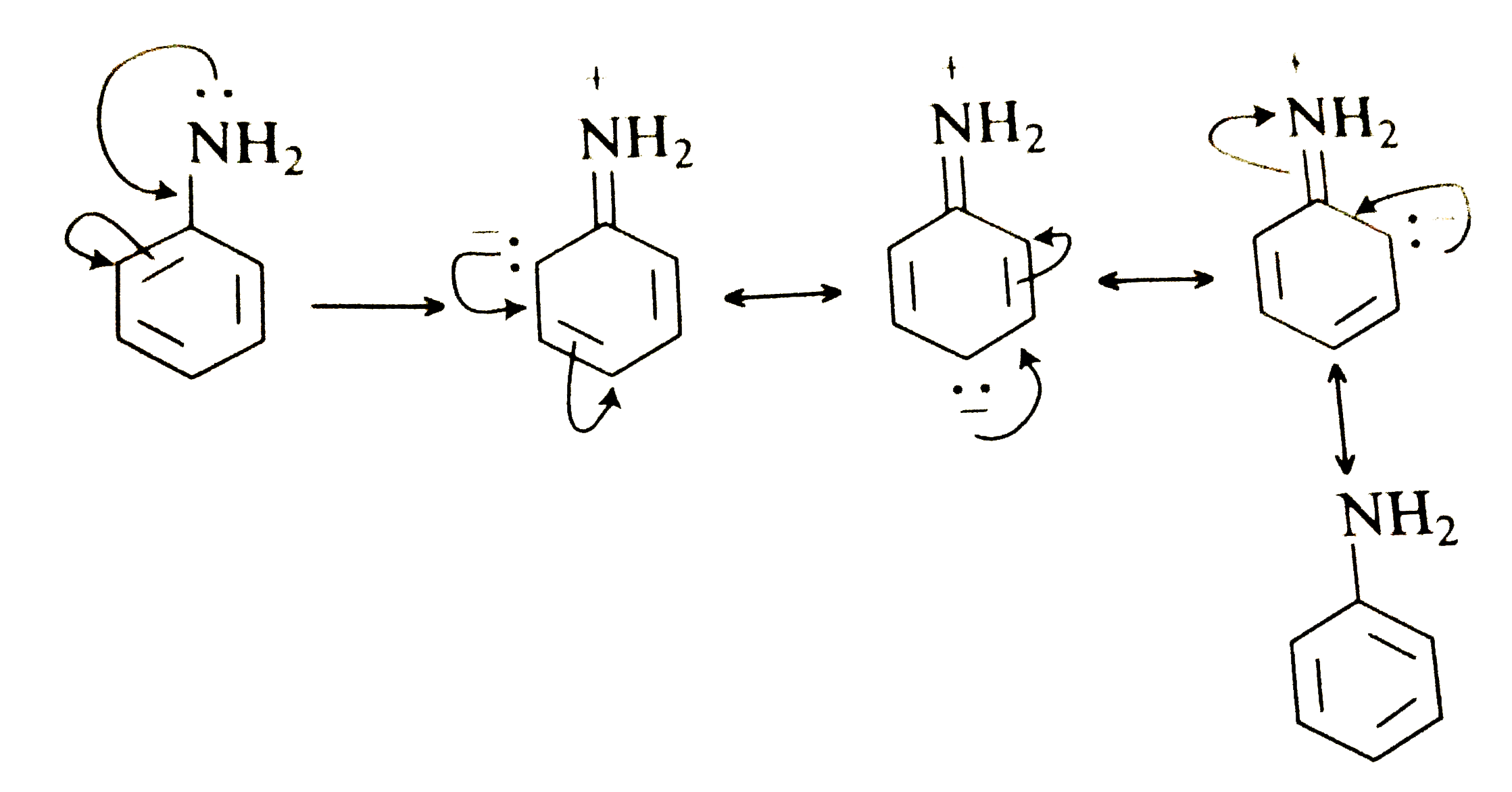 Action of benzene DIAZONIUM CHLORIDE on ethanol : 
|
|
| 18592. |
Which complex cannot ionise in solution? |
|
Answer» `[CoCI_(3)(NK_(3))_(3)]` |
|
| 18593. |
Which of the following is used in dating archeological findings or In a method of absolute dating of fossils a radioactive element is used. It is |
|
Answer» `._((2)U^(235)` |
|
| 18594. |
Which of the following property is not expected to be shown by copper |
|
Answer» HIGH THERMAL conductivity |
|
| 18595. |
Which of the following pollutant is released in large quantity from the exhaust emission of a petrol/diesel automobile |
|
Answer» CO |
|
| 18596. |
Very low concentrations of SO_2 acts as |
|
Answer» ANTIFERTILITY drug |
|
| 18597. |
Which gas will be evolved out when [CH_(3)CH_(2)NH_(2)+(CH_(3))_(2)CHNH_(2)] is treated with sodium nitrite and HCl? |
|
Answer» Chlorine |
|
| 18598. |
Which statements are correct regarding copper sulphate ? |
|
Answer» It reacts with NaOH and Glucose to give `Cu_(2)O` |
|
| 18599. |
Which is not a purely surface phenomena: |
|
Answer» SURFACE tension |
|
| 18600. |
Three thermochemical equations are given below(1)C_(("graphite"))+O_(2)(g)rarrCO_(2)(g), Delta_(r) H^(@)=xkJ mol^(-1)(2)C_("graphite")+1//2O_(2)(g)rarrCO(g), Delta_(r)H^(@)=y kJ mol^(-1)(3)CO(g)+1//2O_(2)(g)rarrCO_(2)(g), Delta_(r)H^(@)=zkJ mol^(-1) Based on the above equations, find out which of the relationship given below is correct |
|
Answer» Solution :Applying Hess's law `C_((g))+O_(2)rarrCO_(2(g))"x kJ mol"^(-1)"....(i)"` `{:(ul(C_((s))+(1)/(2)O_(2)rarrCO_((g))"y kJ mol"^(-1))"...(ii)"),(O_(2)-(1)/(2)O_(2(g))rarrCO_(2(g))-CO_((g))z kJ mol^(-1)"....(III)"):}` On substracting eq. (i) and (ii) we get `CO_((g))+(1)/(2)O_(2(g))rarrCO_(2(g)) thereforex-y=zimpliesx=y+z` |
|

